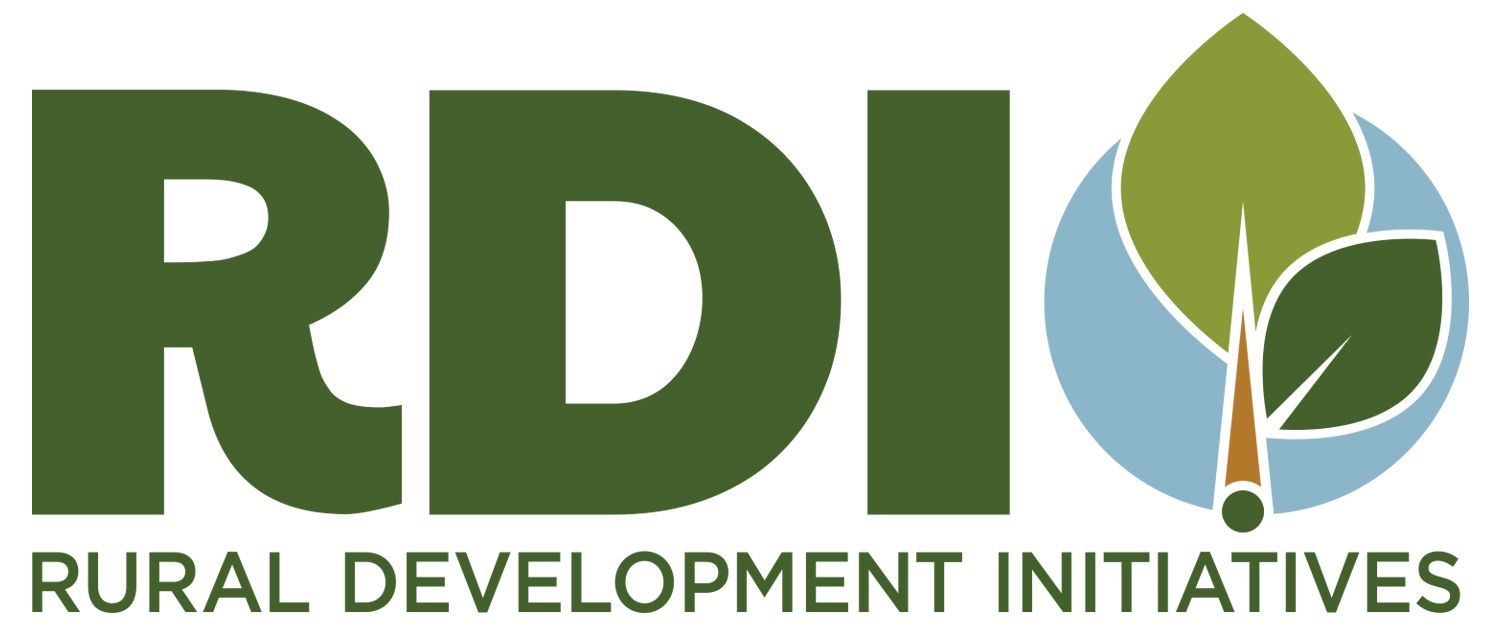Our Mission
EcoSource Native Seed and Restoration's mission is to increase ecological and economic diversity and resilience through restoration of degraded ecosystems, using genetically appropriate native seeds and vegetation. Would you like to participate?
Our Challenge
Economic Issues. Frontier areas of the western United States were once vibrant and healthy. They thrived on the honest dedication of farmers and ranchers to work hard and carefully use the natural resources provided by nature. Small farms and ranches provided the economic basis for rural communities to grow into active towns and the center of social events needed by rural citizens. Over the past 100 years, rural communities have become seriously diminished and are now teetering on the edge of extinction. With time, family's abilities to make a living on small farms and ranches became far too difficult for young adults to earn enough money to raise a family. Ownership has shifted to a few larger farms and ranches in order to capitalize from the economies of scale, and survive. Land values are based on external factors that make it impossible for young adults to purchase small farms and service their debt. Rural areas of the western US have become far too difficult for anyone to make enough money to raise a family and small farm bankruptcy is far more common than success. Opportunities for young adults have emerged primarily in the urban areas of the country and the lure of the cities and its amenities have caused major changes in demographics from rural areas.
Ecological Issues. In addition to the economic issues, ecological issues have been growing in rural areas at an alarming rate. Long-term drought combined with the over allocation of groundwater has created a very serious ecological problem in arid- and semi- arid regions of the West. Water for irrigated agricultural has become severely limited and many farmers do not have the water they require to grow a commercially-viable crop. State agencies have been forced to regulate water use in areas seeing significant decline in ground water levels. Lowering water tables and lessening water flows also impacts rivers, streams and lakes, which are central to diverse wildlife that inhabit these regions.
Ecological Restoration. Invasive species have invaded millions of acres throughout prime rangelands and forest ecosystems, primarily annual grasses, but also knapweeds. These non-native weeds invade healthy functioning systems and reduce their ability to provide the necessary good and services they provide to rural communities, including wildlife habitat, recreation, and the storage and release of water and carbon. As a result of this invasion, fire cycles have become devastating to rural areas. Recurring fires pose a chronic and mounting threat to the integrity of these ecosystems. Initial estimates from a decade ago suggested more than 25% of sagebrush steppe rangeland has been lost as a result of altered fire cycles and invasive annual grasses (West 1999). Even under current best management practices, models suggest if left unchecked, altered fire cycles and invasive annual grasses will destroy over 100,000 hectares of sagebrush steppe each year. Every major stakeholder group in the region including land managers, conservation groups, tribes and commodity groups has recognized that ecological restoration is critical to stem the loss of sagebrush steppe rangeland and avoid collapse of a keystone in U.S. agricultural production and the associated ecosystem services these rangelands provide.
Our History
For the past several years, High Desert Partnership (HDP) has been convening and supporting diversity of agricultural producers, natural resource managers, conservationists, and community partners to identify and help solve through a collaborative process the most critical economic and natural resource issues in the northern Great Basin to find solutions that help provide a future for frontier rural areas. By working together, these collaborative groups determined that creating a diverse and genetically appropriate seed production and landscape-scale restoration industry throughout the northern Great Basin would directly address these primary issues. The current bottleneck to restoring degraded areas is the inability to obtain seed appropriate for sage-steppe ecosystems. Three critical issues plaguing these frontier areas of Sage-Steppe ecosystems are as follows:.
1) Rural agriculturally based communities within this region are experiencing unprecedented economic hardships that threaten their existence.
2) Invasive plants and frequent undesired wildfires continue to destroy the natural resource base on which these rural communities rely.
3) Groundwater is rapidly diminishing from overuse, and in many cases, adequate water for common types of crop growth no longer exists or will be exhausted within this decade.
Our Solution
Creating a local source-identified native seed production and landscape-scale restoration industry in the four state region of southeastern Oregon, northern Nevada, southwestern Idaho and northeastern California would directly address these primary issues. This industry, beginning in southeastern Oregon, would provide a structure and platform for many new business start-ups creating new jobs with living wages in the native plant seed collection, cleaning, production, storage, and on-the-ground restoration. Local native seed sources are essential to restoring degraded and invaded plant systems, which is the only way to recover the healthy, functioning ecosystems. At the same time, restoration of native plants can reduce the number of out-of-control wildfire, while recovering essential habitat for wildlife and livestock. And, finally, native plant seed production provides a new high-valued crop for irrigated agriculturalist that requires substantially less irrigation than the primary crop, alfalfa, and will help conserve our precious underground water resources. Fostering this industry is centered around EcoSource Native Seed & Restoration.. EcoSource Native Seed & Restoration was conceived in 2018 by HDP Harney County Wildfire Collaborative and established in 2020 by a grant from the Agricultural Research Service. in February of 2021 EcoSource was established as an independent entity in Oregon and we continue to grow our successes in working collectively with our partners to provide first phase restoration in the Sage-Steppe.
Please consider partnering with EcoSource Native Seed & Restoration and join our team working to create resilient rural communities and healthy, functioning sagebrush steppe ecosystems with sustainable natural resources. Good people and native habitats need your help. Donate here.
Our Commitment
EcoSource Native Seed and Restoration's mission is to increase ecological and economic diversity and resilience through restoration of degraded ecosystems, using genetically appropriate native seeds and vegetation. We invite anyone with an interest in rural communities and healthy native landscapes to join our team of dedicated members to help achieve this critical mission.







